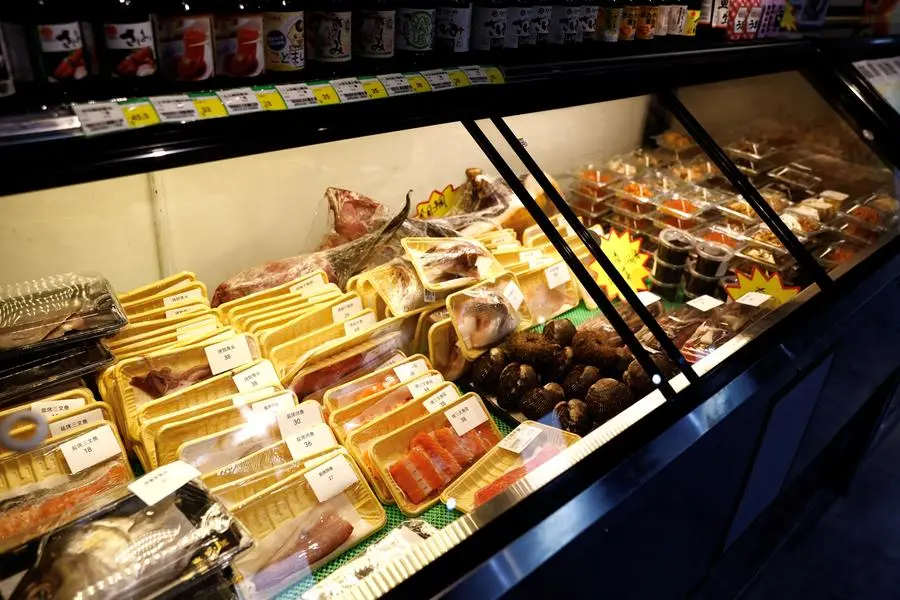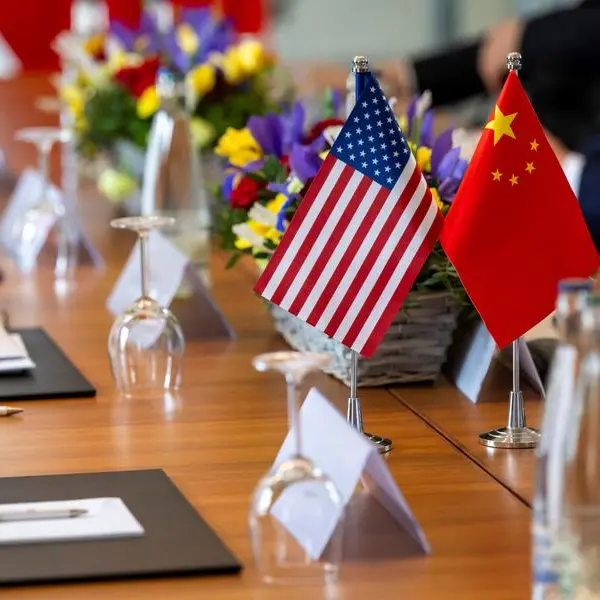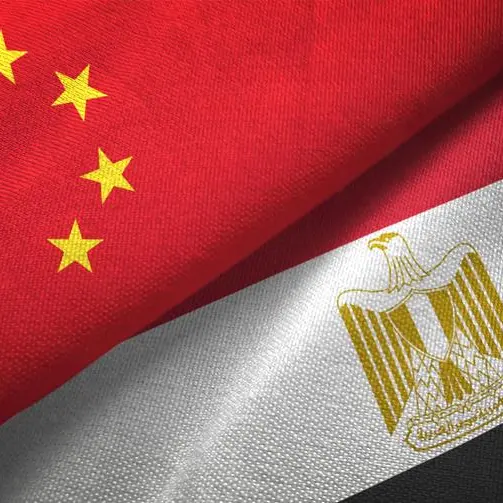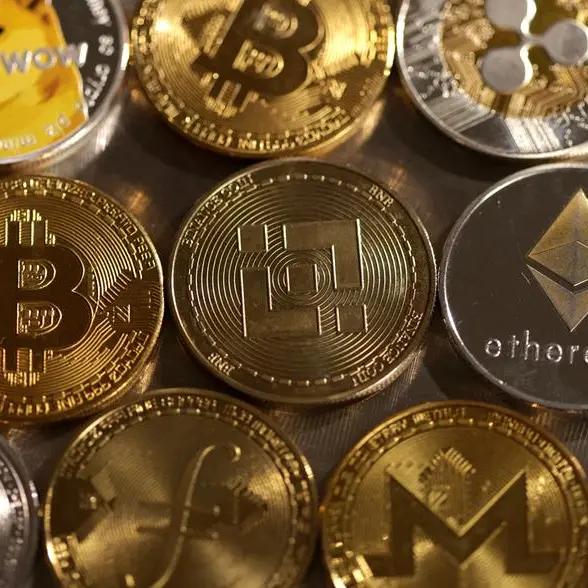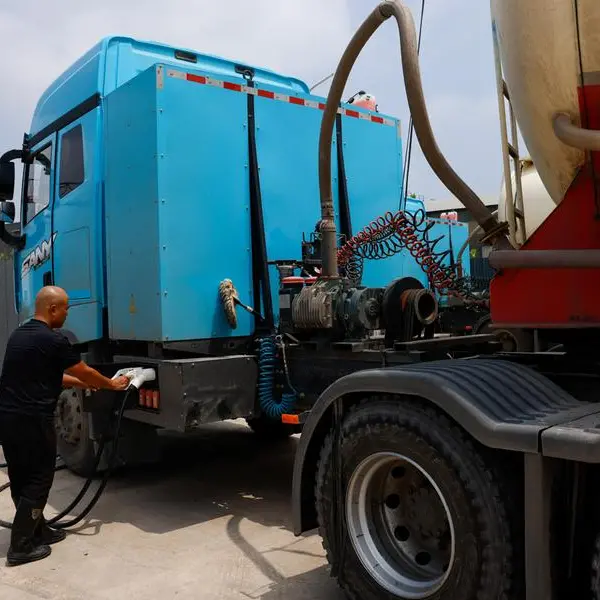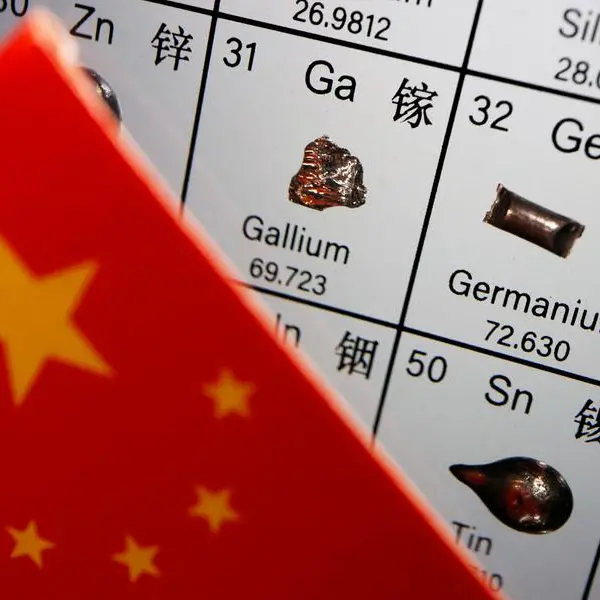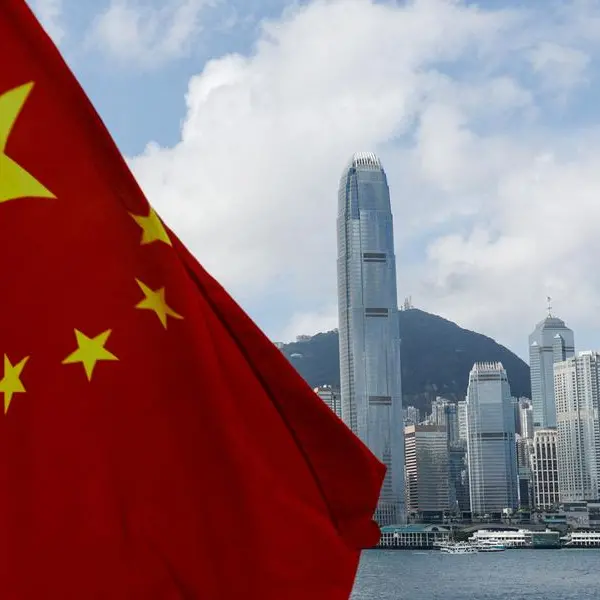PHOTO
Packs of raw fish are pictured at a Japanese food store, in Beijing, China July 25, 2023. REUTERS/Tingshu Wang
Japan's food self-sufficiency ratio was 38% in the fiscal year ended March 31, unchanged from a year earlier and below the nation's 2030 target of 45%, the agriculture ministry said on Monday.
Japan's self-sufficiency ratio is one of the lowest among developed countries, making it vulnerable to food security risks, particularly after Russia's invasion of Ukraine inflated international food prices.
Japan's food self-sufficiency ratio - the share of consumed calories made at home - stayed flat as a weaker wheat crop and a poor fish catch were offset by reduced consumption of oils and fats, which rely on imports for most of their raw materials, the Ministry of Agriculture, Forestry and Fisheries said in a statement.
The ratio has been 37-39% over the past decade despite government efforts to boost local production of heavily imported grains such as wheat and soybeans.
To achieve its 45% goal, Japan needs to take steps such as expanding farm land for grains including feed and improving productivity, an official at the ministry said.
Canada, Australia, France and the United States have self-sufficiency ratios above 100% as they are exporters, while Germany's ratio stood at 84%, Italy's at 58% and Britain's at 54% in 2020, according to the ministry's estimate based on the latest available data.
Japan's self-sufficiency rate on a production value basis fell 5 percentage points in the last fiscal year to 58%, the lowest since 1965, when comparable data became available.
The higher value of imports was due to a spike in global grain prices and a weaker yen, the ministry said.
Japan's agriculture industry faces challenges due to ageing farmers, a lack of successors and a decline in farm land. Tastes have also changed, away from rice and towards meat and foods cooked with oil. (Reporting by Yuka Obayashi; editing by Christina Fincher)
